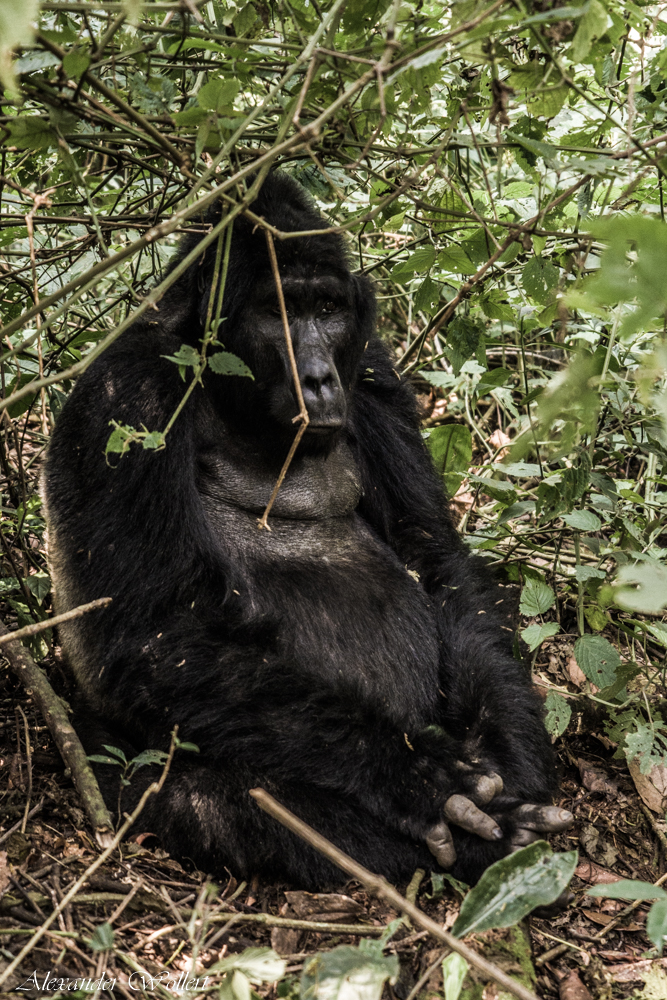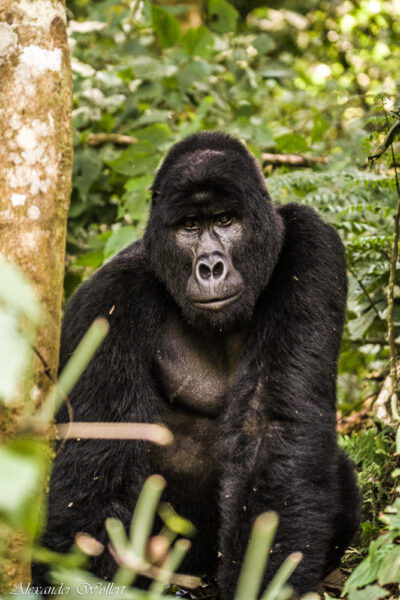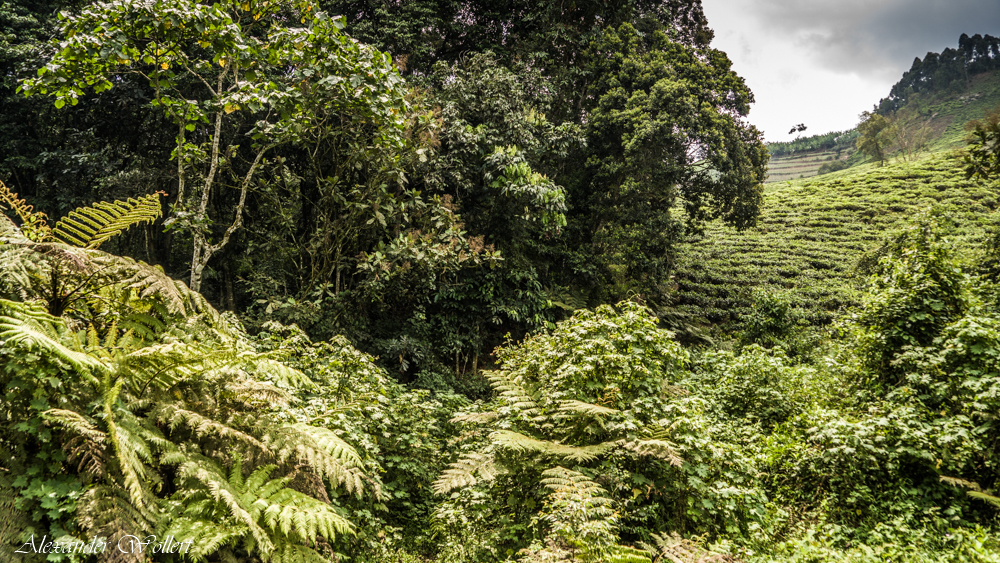Diary Entry
The trip to East Africa takes us deep into the nature of the continent. After the impressive experiences with all the animals in the Queen Elisabeth National Park and the Kazynga Canal, we now enter the African jungle to see very rare animals: the mountain gorillas. The researcher Dian Fossey gained notoriety when her work on behalf of the gorillas in these mountains proved fatal.
Douglas Adams also visited the gorillas and mentioned them in his 1990 book “Last chance to see” when he visited animals that are in serious danger of extinction. I am now following in these footsteps in Uganda.
Seeing gorillas for yourself – amazing!
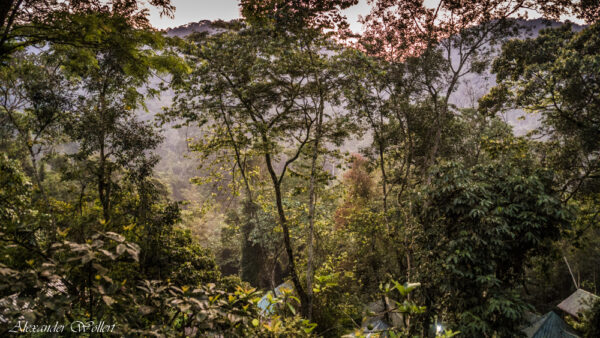



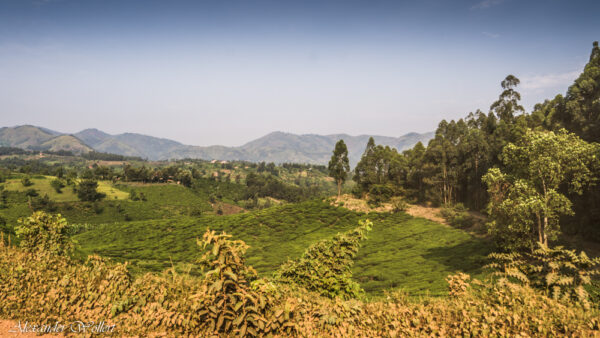

At night we reached the Bwindi Impenetrable Forest and pitched our tents there. I quickly realized that we were deep in the jungle, because at night some monkeys were fighting above my tent, roaring loudly.
For the first time in Uganda we get a proper breakfast. With full stomachs we arrive at the Bwindi Community Center at 7:30 punctually for the briefing and grouping.
Our guide was supposed to accompany us, but Stephen has to change a tire.
There are about twenty gorilla families in these mountains on the Ugandan side. There are also gorillas on the other side of the nearby border with Rwanda. But only some families are used to humans.
The rangers of the Bwindi Impenetrable Forest National Park divide the tourists into groups and assign guides and an armed escort to these groups. Who visits which gorilla families also depends on the tourists’ physical condition. You know roughly where the gorillas are, but you’re not sure. It’s possible that you’ll have to walk for many hours through the jungle to find the gorillas.
We are lucky that the weather is extremely good today. But we are also unlucky enough to be in a group full of old people with whom we are visiting gorillas close to “civilization”. I was looking forward to the arduous trek through the jungle.
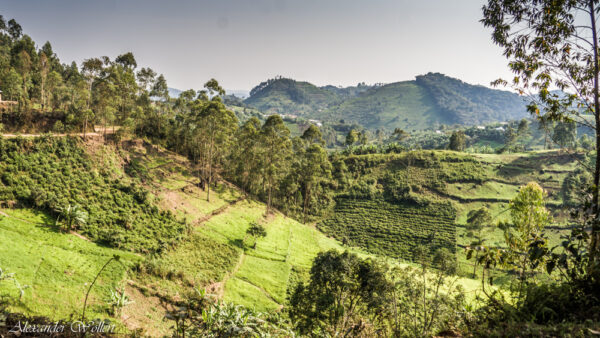

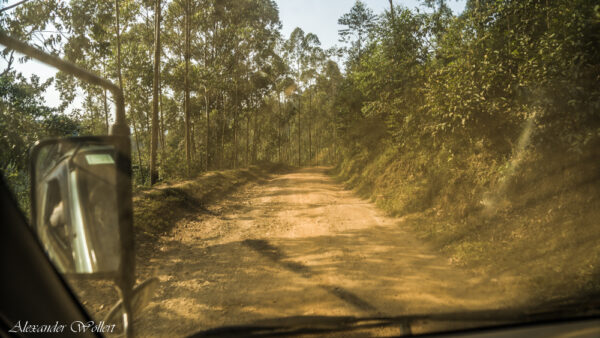
Want to see more of my trip through East Africa? Check out my full route!
Visiting the gorillas is not cheap. In Uganda the expedition costs 800 USD. In neighboring Rwanda it is even 1500 USD. Per person.
This covers the costs of nature conservation, rangers, research and infrastructure.
The tour cannot (yet) be booked online, but must be booked on site by a local or a travel agency and paid for in advance.



The expedition costs 800 USD per person in Uganda
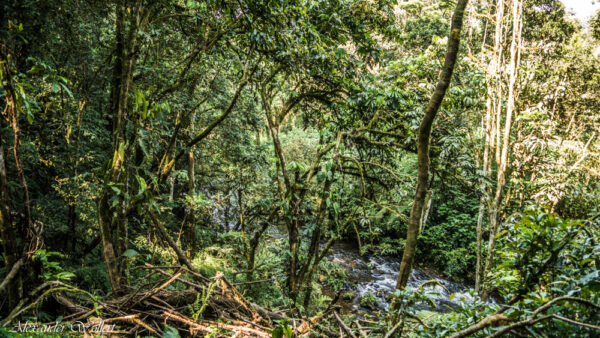
Before we start our adventure, we get to watch a group of women dance for thirty minutes. In the meantime, the rangers decide which people to send to which gorillas in which groups. Then there is a short briefing and we find our group. We have caught the group of pensioners. Alongside us are four senior citizens from the USA, all of whom need porters for their luggage. That makes ten of us, plus the guide, a scientist and two armed rangers.

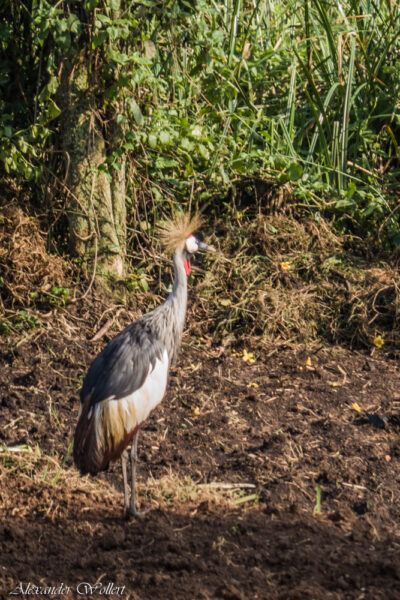

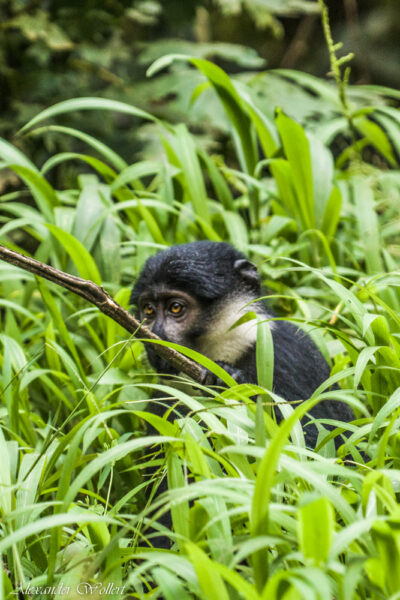
On the way we see other interesting animals and plants

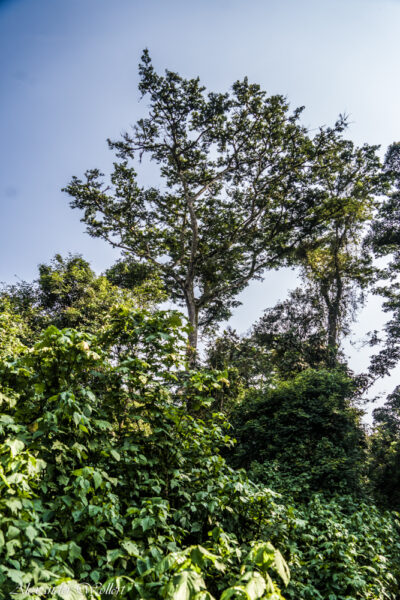

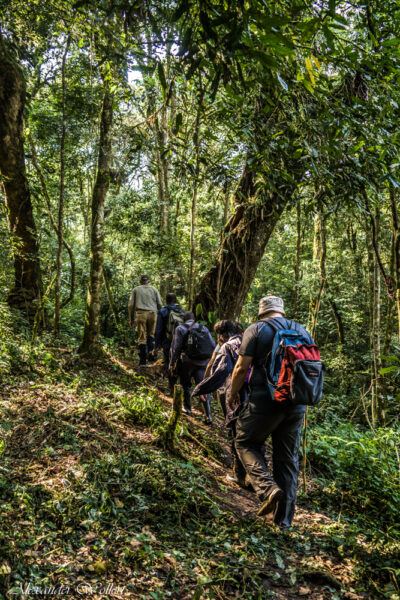
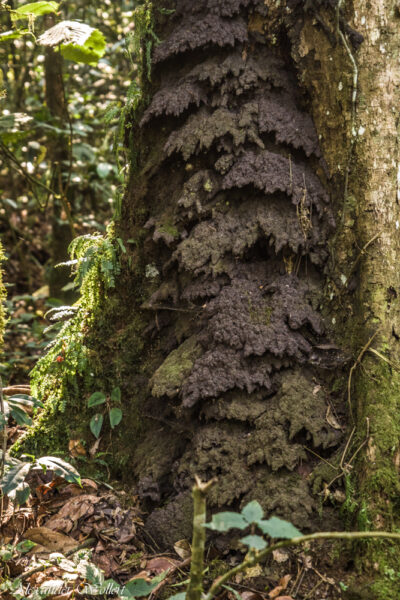

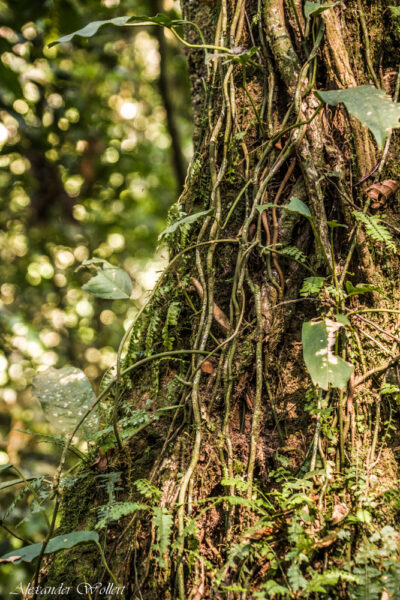


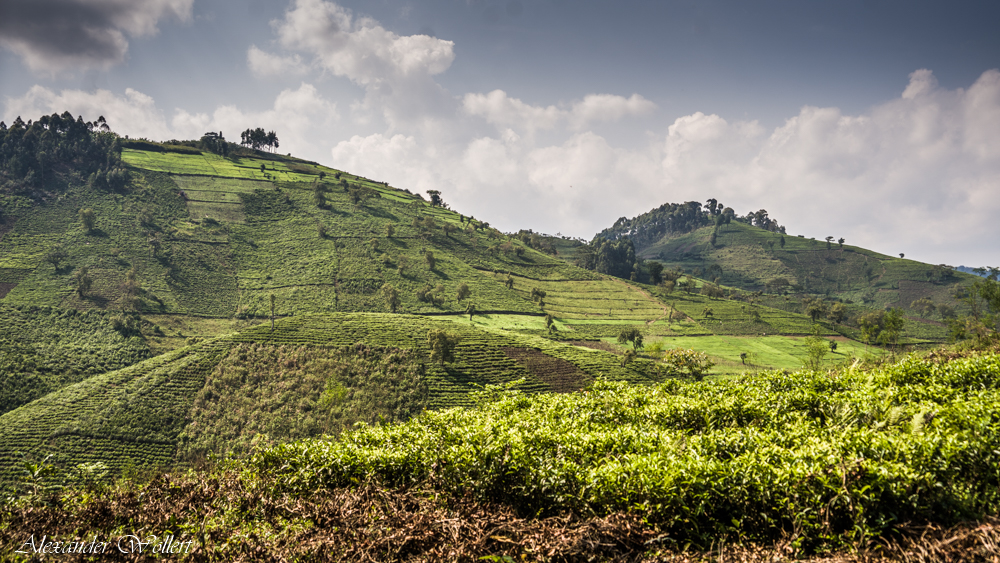
Fourteen of us trudge through the jungle that extends to the vast tea plantations on the hills. The route is beautiful and not particularly strenuous.
A path has already been cut through the jungle, which we follow over suspension bridges and through lianas to some tea plantations an hour away.

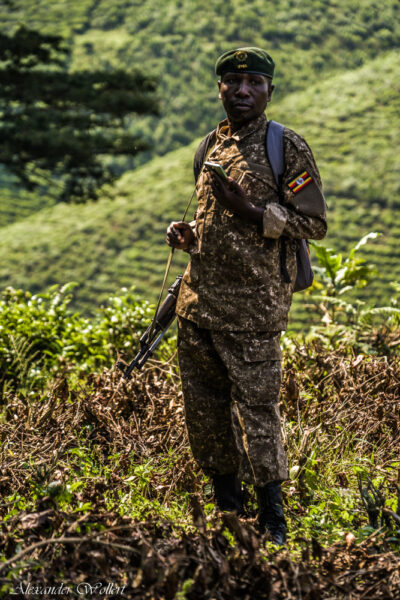

When we encounter gorillas that are not used to humans, the heavy animals attack us immediately
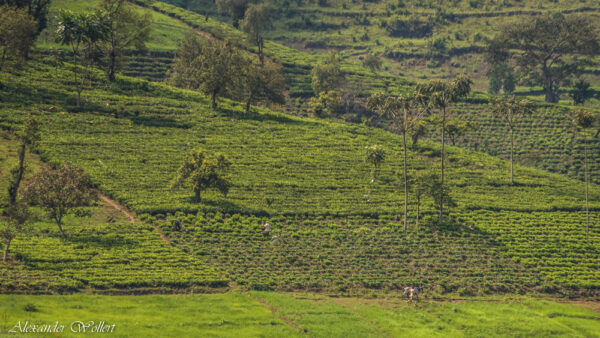

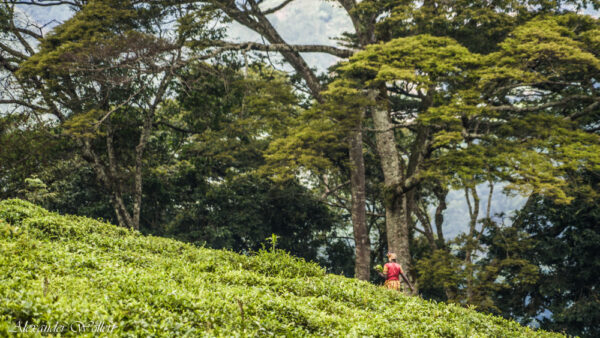

Three people from the organization found the gorilla family they were looking for here. Not all gorillas here in Bwindi are used to people. It is possible to come across gorillas by chance that do not know people and would immediately attack.
The rangers, however, are not worried about poachers. Although the Congo is close, there seem to have been no attacks for a long time. That is reassuring.
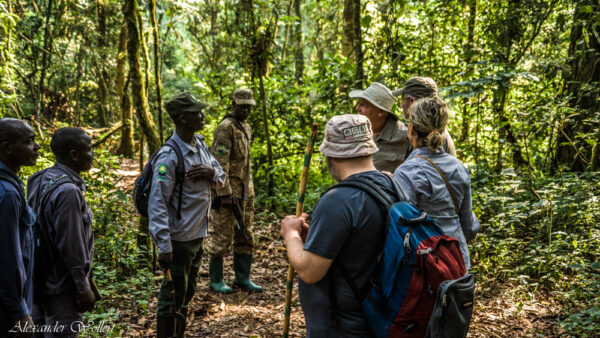



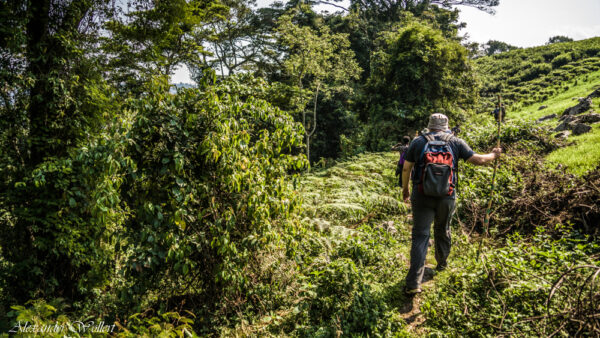




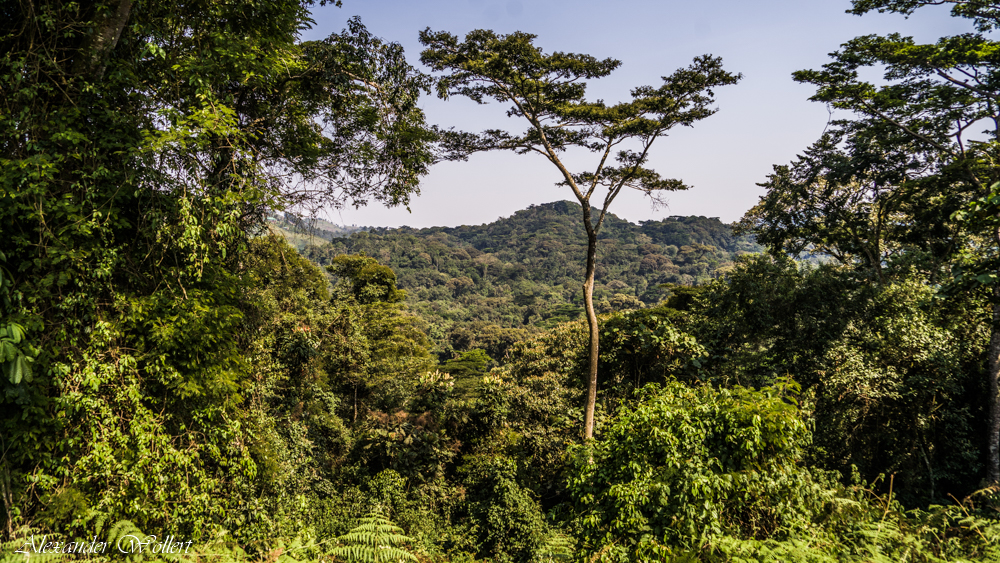
We wear masks because diseases can easily be transmitted from humans to monkeys and vice versa. Our luggage stays with the porters at the edge of the forest while we enter the bush. I thought we had to go deeper into the jungle first, but the first gorilla to my left is already looking at me wearily.
There, there and there I see black balls of fur lying under bushes. The gorillas are sleeping, the guide explains. Unbelievable! There are these huge apes, just a few meters away from me. Peaceful.
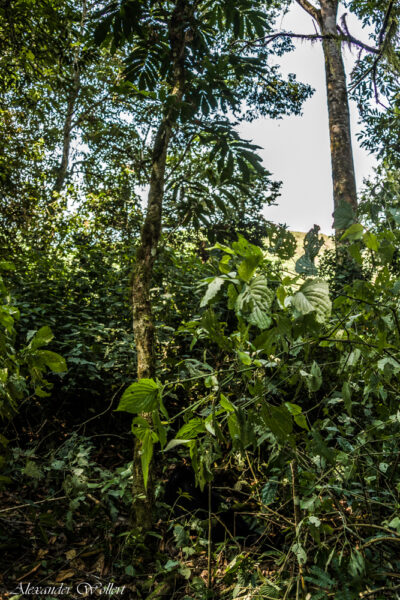

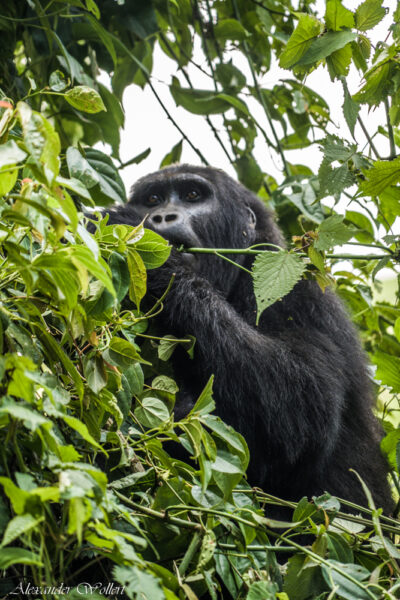

“Look, there’s a gorilla” – two meters next to me
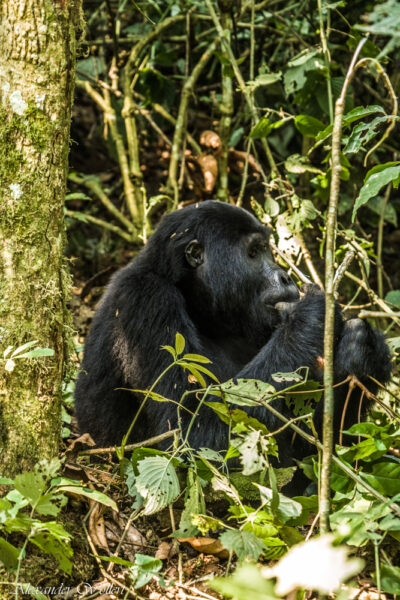

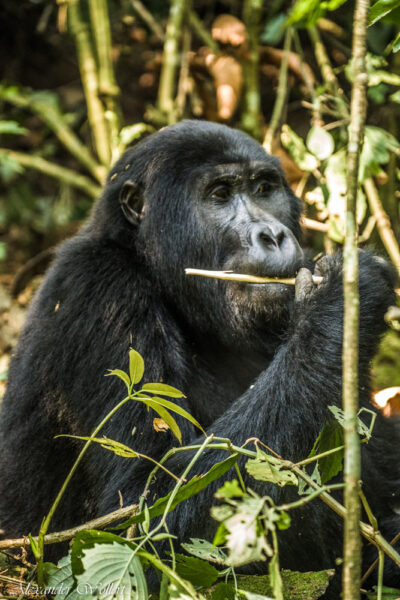

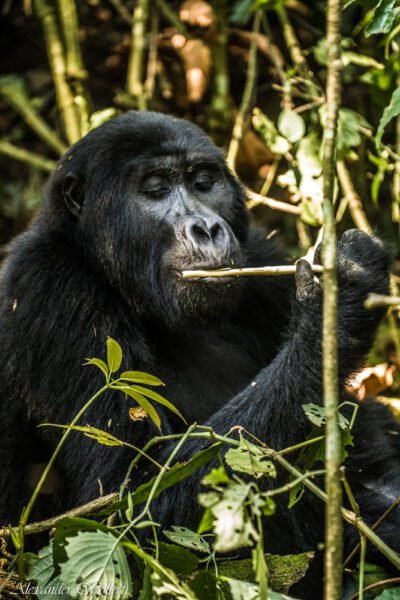
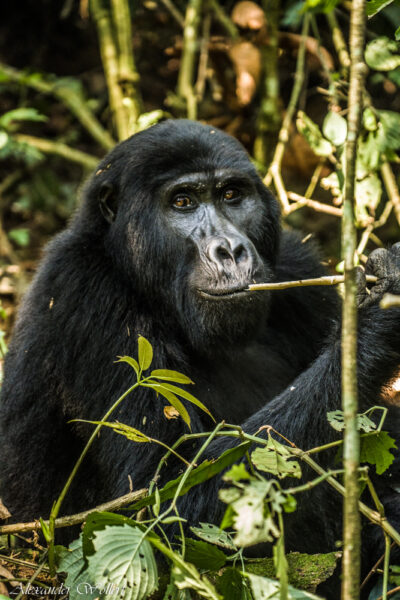
It is not difficult to recognize emotions in the faces of the gorillas
The fact that the monkeys are hitting us doesn’t stop the guide and the rangers from tearing down the bushes and exposing the gorillas so that we can see them better. The poor monkeys wake up, of course, and aren’t very happy, but instead of chasing us away, they start eating the leaves around them. Even the silverback puts up with the people flattening the bushes around him.
It is only when a ranger appears from another side that the gorilla starts to romp around. The guide calls out that we should not move, and the monkey calms down again shortly afterwards. Of course, it is no surprise that a gorilla is unfriendly to us. I wouldn’t blame them if they ripped off one of our arms.
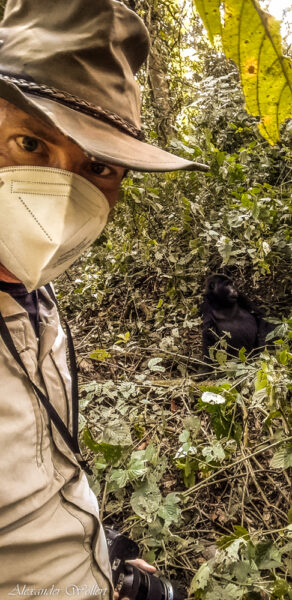

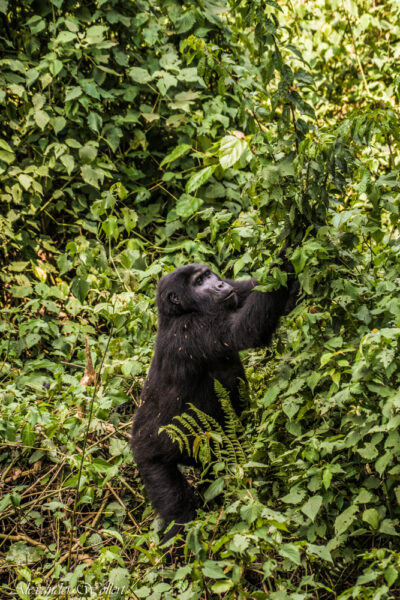

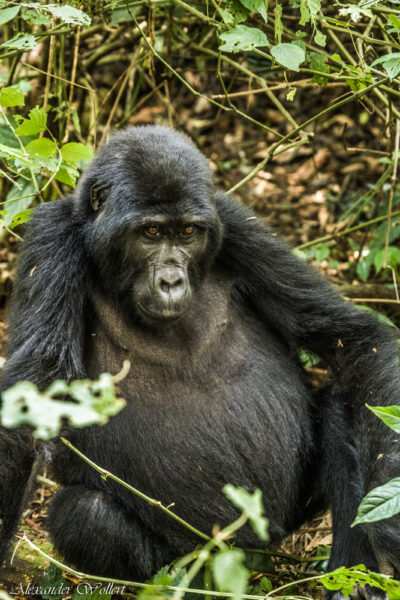

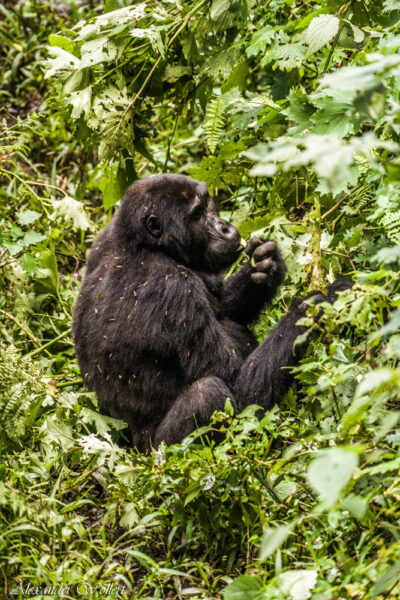

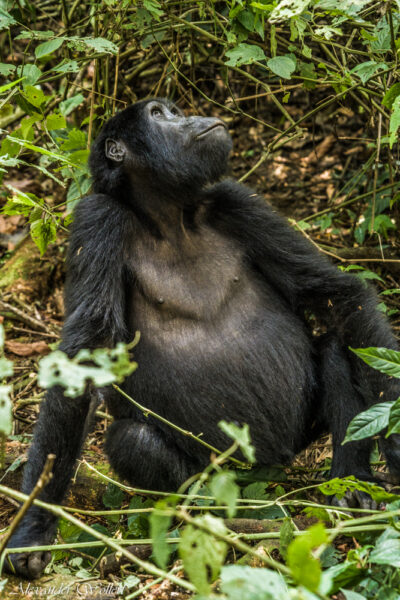
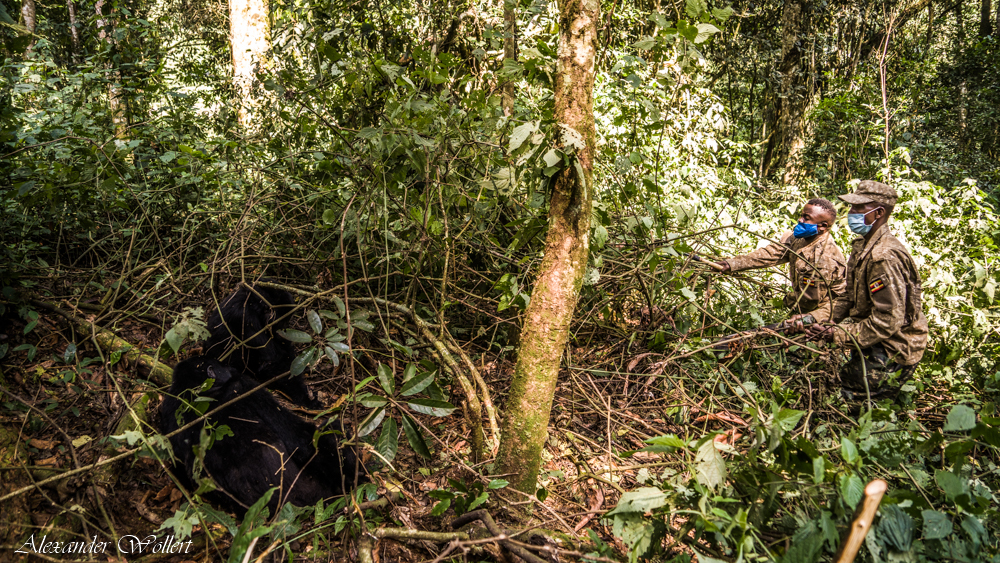
The family consists of eleven animals. The guide explains that there was also a baby. However, it was killed by the silverback when the mother left the group. This group is one of the only ones that does not have a baby. Bad luck.
We have an hour to admire the gorillas in their natural habitat. After half an hour, the group moves a little way down the mountain to nibble on some other trees.
The gorillas move unperturbed between us and do not believe in keeping their distance. A fat little man suddenly runs towards one of the seniors. Don’t move. He will just be knocked over. Nothing else. It could have been worse.
The hour passes quickly and we head back. We have another unique encounter ahead of us: with people from the Pygmy tribe.


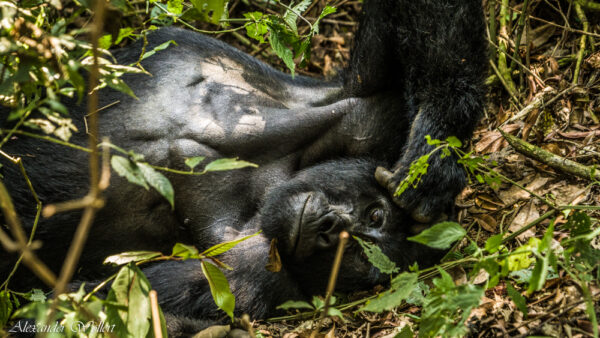

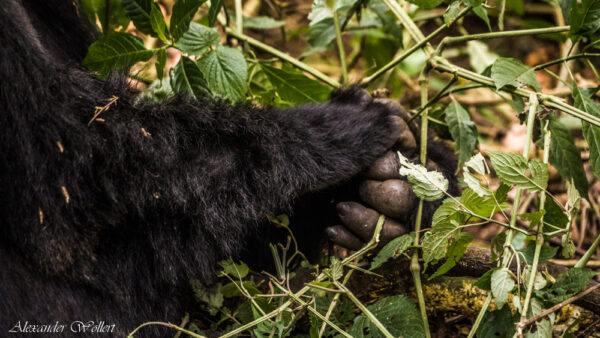



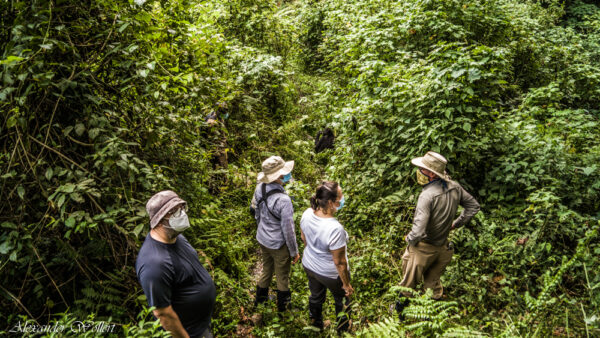


We have an hour with these wonderful animals
